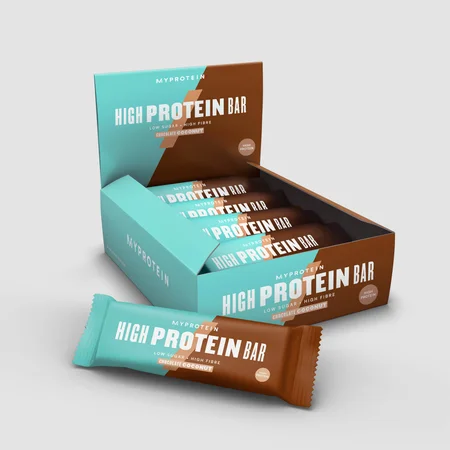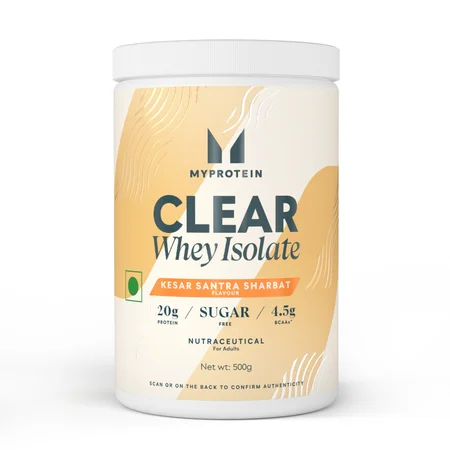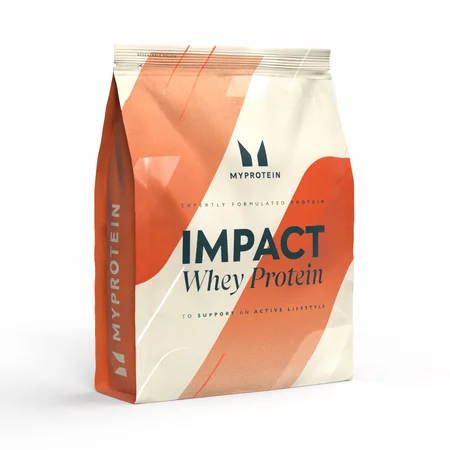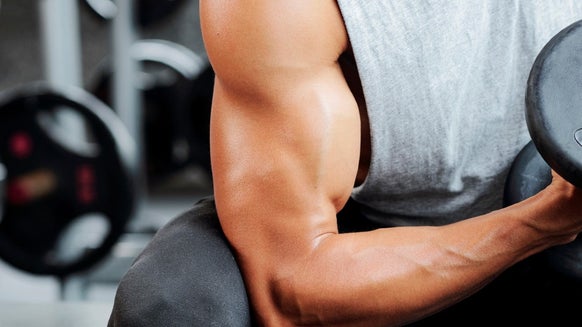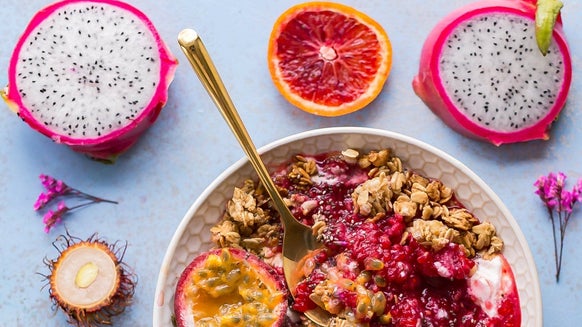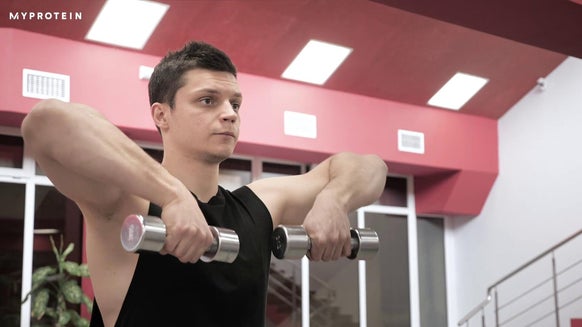12 Easy Ways To Increase Protein Intake
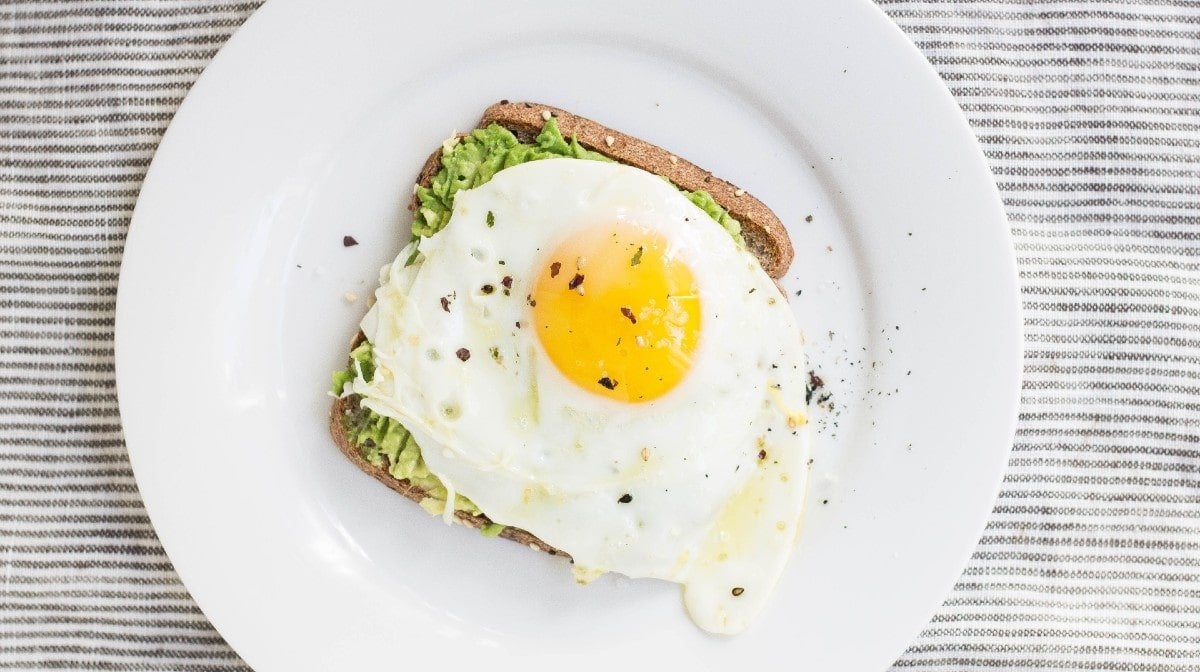

Easy ways to increase protein intake
1. Start your day with protein
Starting your day with protein can help you achieve your daily protein intake goals. Focus on high-protein breakfast options like eggs, protein shakes, or Greek yoghurt.
2. Make protein part of each meal and snack
Whether you eat three large meals with snacks or snack throughout the day, focus on a source of protein every time you eat. This doesn’t have to mean having chicken breast all day — but focus on sources like nuts, seeds, hummus, cheese, protein bars, or other protein sources to balance out any other snack or small meal you choose. Protein makes snacks more satisfying than a quick-digesting carb-based snack alone.
3. Incorporate dairy foods
While milk alternatives like rice and almond milk can save calories, they often don’t contain as much protein as cow’s milk. If you can’t drink cow’s milk, try to find a soy alternative to still get a protein boost. Add milk to smoothies, cheese as a snack with crackers, or cottage cheese with fruit.
4. Replace rice or pasta with quinoa
While pasta and rice have some protein content, quinoa is a whole grain that is higher in protein, fiber, and overall nutrition.
5. Have a protein shake for a snack
Ready-to-drink protein shakes are great on the go, but you can also mix protein powder with water or milk for an easy high-protein snack. Post-workout, a protein shake can speed your recovery and help your muscles rebuild.
6. Carry high-protein snacks on the go
Whether you like protein bars, jerky, hard-boiled eggs, canned tuna or salmon — all of these high-protein foods can be prepped ahead of time for on-the-go protein boosts! Eggs have a shorter shelf life, but protein bars, jerky and canned fish can be stored room temperature for months.
7. Include larger portions of protein with meals
8. Add protein to carb-heavy meals
9. Choose lean, protein-dense foods
10. Choose fats that contain protein
11. Choose veggies that are high in protein
12. Add seeds for extra protein
Take home message
READ THESE NEXT:
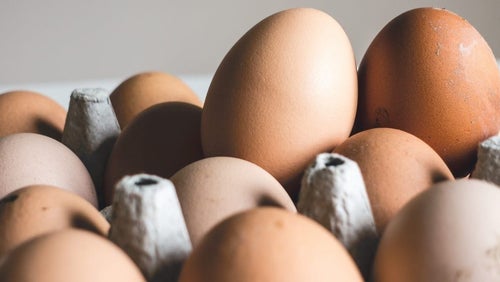
10 Natural Food Sources High in Amino Acids
How you can get that protein power from your daily diet.
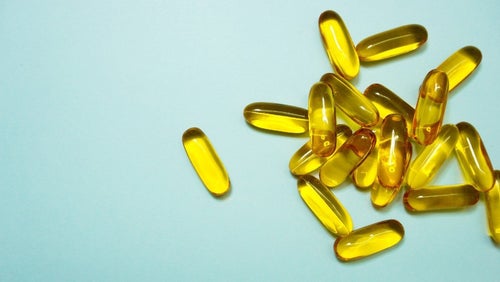
24-Hour Supplement Guide | What To Take To Build Muscle
Make the most out of your gym sessions by fuelling right.
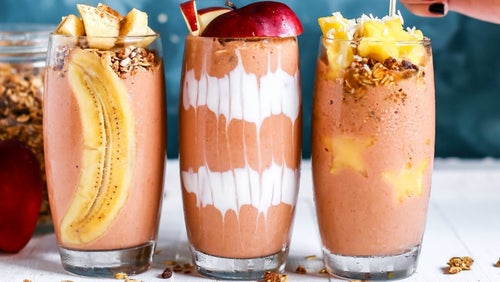
23 Protein Shake & Smoothie Recipes For Muscle Building
A protein-packed smoothie for every occasion.

